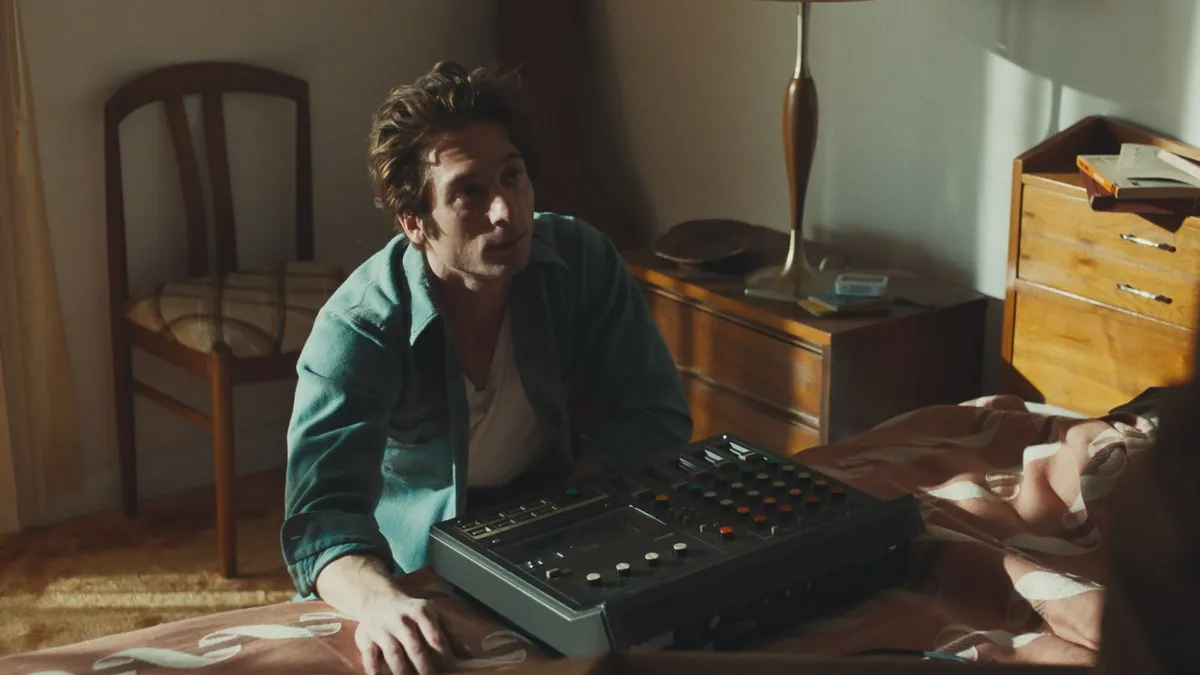
In the landscape of music biopics, many films have taken liberties with historical accuracy, crafting narratives that alternate between fact and fiction. Iconic artists like Queen, Elton John, and Amy Winehouse have been portrayed in ways that stretch the truth. However, the upcoming film Springsteen: Deliver Me From Nowhere breaks this trend by closely adhering to the facts of Bruce Springsteen's life during a pivotal period.
Deliver Me From Nowhere, much like the critically acclaimed Love & Mercy, does not attempt to chronicle the entirety of Springsteen's life. Instead, it zeroes in on the crucial timeframe between 1981 and 1982, a period when Springsteen recorded his lo-fi masterpiece, Nebraska. The film captures his battle with depression, his challenges in romantic relationships, and the significant decision to release the album without modifications. It also provides flashbacks to the 1950s, highlighting his tumultuous relationship with his father.
One of the most striking aspects of Springsteen: Deliver Me From Nowhere is the artist's involvement in the film's production. Springsteen was present on set for much of the filming, ensuring that the portrayal of his life and experiences remained authentic. As a result, the film manages to get most of the significant details right, with only minor deviations, such as the creation of a composite character.
This article contains spoilers, so readers are encouraged to watch the film first. The movie begins in the 1950s, depicting a young Bruce Springsteen, played by Matthew Anthony Pellicano, being driven to a bar by his mother, Adele (Gabby Hoffman). This moment is not merely dramatic embellishment; it draws from Springsteen's own narrative shared during his acclaimed one-man show, Bruce on Broadway.
The film accurately depicts the transition from Springsteen's performance at the Riverfront Coliseum in Cincinnati, Ohio, on September 14, 1981, marking the end of the The River tour. Following this, he is shown receiving the keys to a rental house in Colt’s Neck, New Jersey, where he would record Nebraska.
Throughout 1982, Springsteen frequented the Stone Pony and other local venues, often joining performances spontaneously. The film captures this aspect of his life, showcasing his casual jamming sessions. While it slightly misrepresents the timeline, as he began recording Nebraska in December 1981, it accurately reflects the essence of his musical journey during this time.
A significant plot element of Deliver Me From Nowhere is Springsteen’s relationship with Faye Romano, portrayed by Odessa Young. This character is a composite based on several relationships Springsteen had during this era, reflecting his struggles to connect with women as discussed in his memoir, Born to Run.
The film also delves into Springsteen's strained relationship with his father, Douglas. One of the most intense scenes shows a young Bruce attacking his father with a baseball bat to protect his mother, a moment recounted in detail in his memoir. This portrayal serves to illustrate the complex family dynamics that shaped Springsteen's artistic output.
The film highlights the creative process behind Nebraska, including Springsteen's inspiration from the film Badlands, which sparked the idea for the title track. This authenticity extends to the recording process, where Springsteen is shown using a four-track tape recorder to capture the raw essence of his music.
Springsteen: Deliver Me From Nowhere stands out in the genre of music biopics by staying true to the facts of Bruce Springsteen’s life. Through expert storytelling and a focus on genuine experiences, the film not only captures the essence of Springsteen’s artistry but also offers an intimate glimpse into the struggles that shaped one of America’s greatest musicians. For fans of Springsteen and music biopics alike, this film promises a compelling narrative grounded in reality.